
If ahead of your booking you have looked at Manor House Hotel's website, you're already primed for something quite beautiful, but when you actually drive through the front gate and gaze over the stream and up the lawns to see the Manor House for the first time, it's even more stunning than pictures suggest. It is, forgive the cliché, postcard perfect. Situated in the similarly postcard perfect village of Castle Coombe in Wiltshire, the Manor House Hotel dates back to the fourteenth century and sits in 365 acres of immaculately kept grounds, what's not to like?
Everything that you would expect of such a manor house is here: exposed timber beams, ancient stone fireplaces and an interior maze of drawing rooms and sitting rooms, each with comfy sofas and arm chairs and book lined walls, ideal for relaxing into with a drink in hand if the golf course seems just too energetic an option.
Individual bedrooms are similarly imbued with ancient character and original features though there's plenty of modern touches with flat screen TV's and wi-fi throughout the hotel, but most importantly for my stay, there's a restaurant, the Bybrook, which was recently awarded Wiltshire's Restaurant of the Year. In this regards, it's worth remembering that Wiltshire plays host to both Whatley Manor (2 star) and Lucknam Park (1 star) so this is a county more blessed than many shires with decorated eating destinations making it an award worth winning (and for them worth shouting about). The Bybrook also has a Michelin star of its own.
The restaurant itself sits in an extension to the old manor house but one that is seamlessly blended into the style of the old, even to the point of including a stained glass window that looks through to the lawns. However, what is good about having a newer dining room is that you are not constrained by five hundred year old architecture in how the guests must enjoy the experience, for in our travels, we have generally found that old parts of old manor houses are characterised by small rooms (which in a number of old manors results in as many as three separate dining rooms), usually dark wood panelling on the walls producing more often than not, something a little gloomy, sometimes even oppressively so. This however is a nice room with decent sized tables that are nicely spaced providing for a comfortable environment for diners.
Everything that you would expect of such a manor house is here: exposed timber beams, ancient stone fireplaces and an interior maze of drawing rooms and sitting rooms, each with comfy sofas and arm chairs and book lined walls, ideal for relaxing into with a drink in hand if the golf course seems just too energetic an option.
Individual bedrooms are similarly imbued with ancient character and original features though there's plenty of modern touches with flat screen TV's and wi-fi throughout the hotel, but most importantly for my stay, there's a restaurant, the Bybrook, which was recently awarded Wiltshire's Restaurant of the Year. In this regards, it's worth remembering that Wiltshire plays host to both Whatley Manor (2 star) and Lucknam Park (1 star) so this is a county more blessed than many shires with decorated eating destinations making it an award worth winning (and for them worth shouting about). The Bybrook also has a Michelin star of its own.
The restaurant itself sits in an extension to the old manor house but one that is seamlessly blended into the style of the old, even to the point of including a stained glass window that looks through to the lawns. However, what is good about having a newer dining room is that you are not constrained by five hundred year old architecture in how the guests must enjoy the experience, for in our travels, we have generally found that old parts of old manor houses are characterised by small rooms (which in a number of old manors results in as many as three separate dining rooms), usually dark wood panelling on the walls producing more often than not, something a little gloomy, sometimes even oppressively so. This however is a nice room with decent sized tables that are nicely spaced providing for a comfortable environment for diners.
The Manor House is one of those places where it is nice to enjoy a drink in the bar first and here an expertly made Martini eased me in to the evening. Some arancini arrive and are first class, crisp on the outside with with a lovely moist risotto filling; it's a good start. I look at the menu while I enjoy my drink and it offers a solid line up of food of what is now probably termed British but underpinned by classic French technique. What has to be kept in mind with the Hotel is that many guests are either tourists to the area or a staying here for the golf (or both) and what these guests want from the food is I'm sure a hearty meal at the end of the day . I'm guessing that dishes like Dabbous' Tomato in its Own Juices would be looked at with some indifference by many guests here, it's not that sort of place and it's not that sort of restaurant so what I'm looking for today is strong execution with an occasional flourish.
Following a well made celeriac espuma to start, it's an old faithful to properly kick off the menu, hand dived scallops. The presentation, with the cauliflower emulsion in beads around the plate suggests a kitchen that cares about precision, a good signal to receive early in the meal. The second good signal, and an even more important one, is that the scallops taste fantastic, combining a high quality ingredient with just the right amount of cooking. It's an encouraging and welcome start.
The next starter is a luxurious breakfast dish, a concept universally popular it seems with the likes of Nathan Outlaw, Pollen Street Social and Duck & Waffle all serving up 'breakfast' dishes for dinner. Here, a slow cooked duck's egg, hardly visible in the picture nestles below a triangle of pan fried foie gras in a celeriac veloute with mushrooms and to complete that breakfast feel, some crispy bacon. The flavour combinations are already of course classics, so again it comes down to execution. Pleased to say, it's faultless, so if you're a fan of foie gras and a fan of slow cooked duck's egg, it's a dish that's impossible not to love.
It's salmon next with beetroot, apple and watercress. The salmon is really excellent, pulls apart nicely and robsutly smoked, and I loved it served with the apple for both the crunch factor and the acidity. The portion size here, as already seen so far, is generous but I wonder if the plate is a little too busy. On the beetroot, there's discs, powder and a smear with the plate taking on the form of the cross of St George, but with such a nice piece of fish on the plate, there's a risk that it gets muddled in to everything else going on. With the London fashion for simplicity on the plate continuing to gain ground, perhaps I'm now too influenced by this trend and on reflection, this dish is most likely right for most diners here.
A citrus sorbet is a perfect palate cleanser before moving into the lamb main. The lamb is again well done and the jus is excellent though the dish overall is a little too "meat 'n' 2 veg" to set the culinary pulse racing but I imagine it's a popular dish and I enjoyed it well enough.
Desserts at Bybrook are strong points for the meal, which is good to see as desserts are, in my opinion, done too poorly in too many places. They're also quite modern as if the kitchen has finally been let off the leash a bit. Both are a sort of deconstruction, the first one obviously so as it's presented as a 'deconstructed sticky toffee pudding'. It works very well, capturing all the flavours but significantly reworking the profile of textures and temperatures so creating something new, and as a dessert lover, it put a smile on my face.
The second dessert did that too, with a raspberry parfait, peanut ice cream and sweet and salty popcorn. My only issue here was how the raspberry combines with the other elements where I felt it sat uncomfortably. All components were excellent but I felt this could have been two desserts, a raspberry parfait, and then a deconstructed Snickers bar. It was this latter element, rather than the parfait that thrilled me the most and as much as I enjoyed this dessert, there's an even better one set to evolve from this plate surely.
The second dessert did that too, with a raspberry parfait, peanut ice cream and sweet and salty popcorn. My only issue here was how the raspberry combines with the other elements where I felt it sat uncomfortably. All components were excellent but I felt this could have been two desserts, a raspberry parfait, and then a deconstructed Snickers bar. It was this latter element, rather than the parfait that thrilled me the most and as much as I enjoyed this dessert, there's an even better one set to evolve from this plate surely.
I must also say how well the front of house worked as a team. Dining alone that night, one ends up watching everything going on around the room and the FOH really worked well as a team, serenely and efficiently navigating the room with nothing and no one ever being overlooked. Good wine pairs from the sommelier also enhanced the meal.
If then I was looking for solid execution at the beginning of the meal, tick, they delivered. Most of the real modernity admittedly came in the final two desserts which I thoroughly enjoyed, and while I recognise that the restaurant has a specific clientèle, I wonder if they couldn't just add a little more jazz to earlier courses: the kitchen seems talented enough and I'm sure the diners, even if it is comprised of golf tourists would enjoy and accept it.
The Bybrook isn't however out to impress Giles Coren, or to surf the wave of the next big trend in food (whatever that is). It is though the shop window through which thousands of international tourists will experience and judge British food following their stay in this country. With that in mind, I must admit to feeling a pang of pride here, for the table next to me comprised a group of six Japanese tourists, and I finished my meal sure that they would return to Japan and tell their friends that Britain does do food, and does it in fact very well.
The Manor House Hotel is a truly first class hotel, celebrating the UK's heritage with the highest standards of service that the modern affluent traveller now expects. In such a setting, the Bybrook restaurant provides guests with the food and service to match.
Return to homepage
If then I was looking for solid execution at the beginning of the meal, tick, they delivered. Most of the real modernity admittedly came in the final two desserts which I thoroughly enjoyed, and while I recognise that the restaurant has a specific clientèle, I wonder if they couldn't just add a little more jazz to earlier courses: the kitchen seems talented enough and I'm sure the diners, even if it is comprised of golf tourists would enjoy and accept it.
The Bybrook isn't however out to impress Giles Coren, or to surf the wave of the next big trend in food (whatever that is). It is though the shop window through which thousands of international tourists will experience and judge British food following their stay in this country. With that in mind, I must admit to feeling a pang of pride here, for the table next to me comprised a group of six Japanese tourists, and I finished my meal sure that they would return to Japan and tell their friends that Britain does do food, and does it in fact very well.
The Manor House Hotel is a truly first class hotel, celebrating the UK's heritage with the highest standards of service that the modern affluent traveller now expects. In such a setting, the Bybrook restaurant provides guests with the food and service to match.
Return to homepage
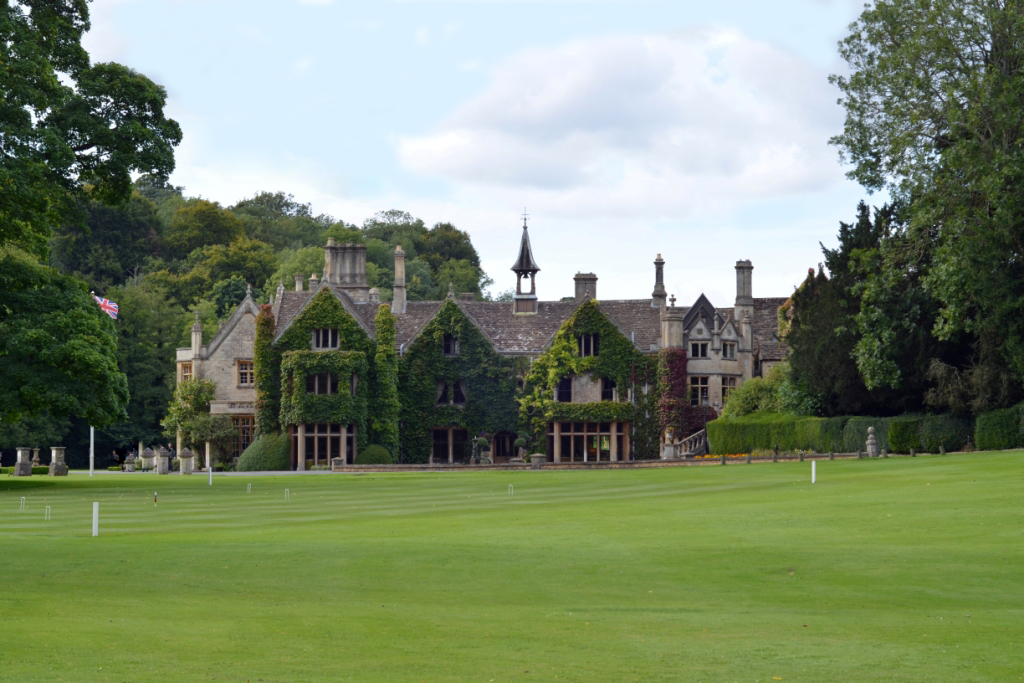















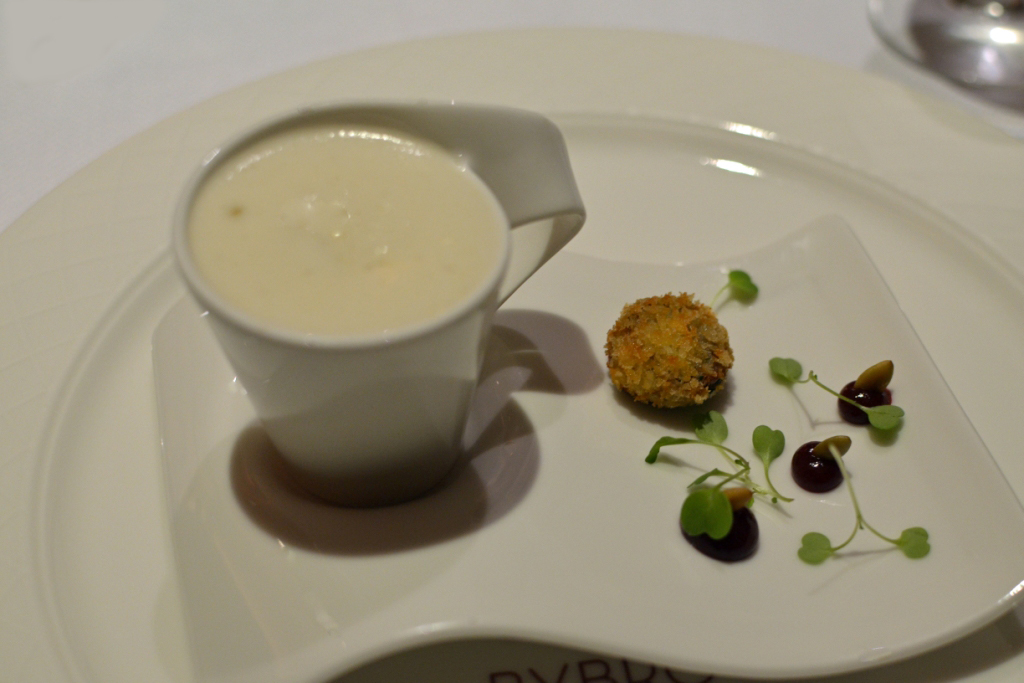
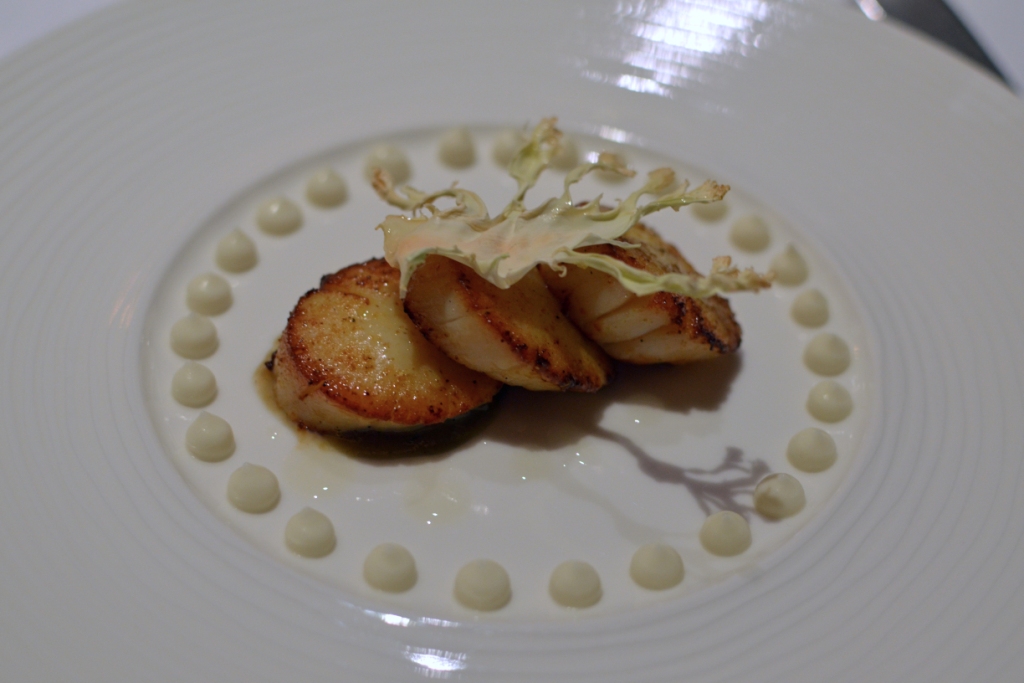
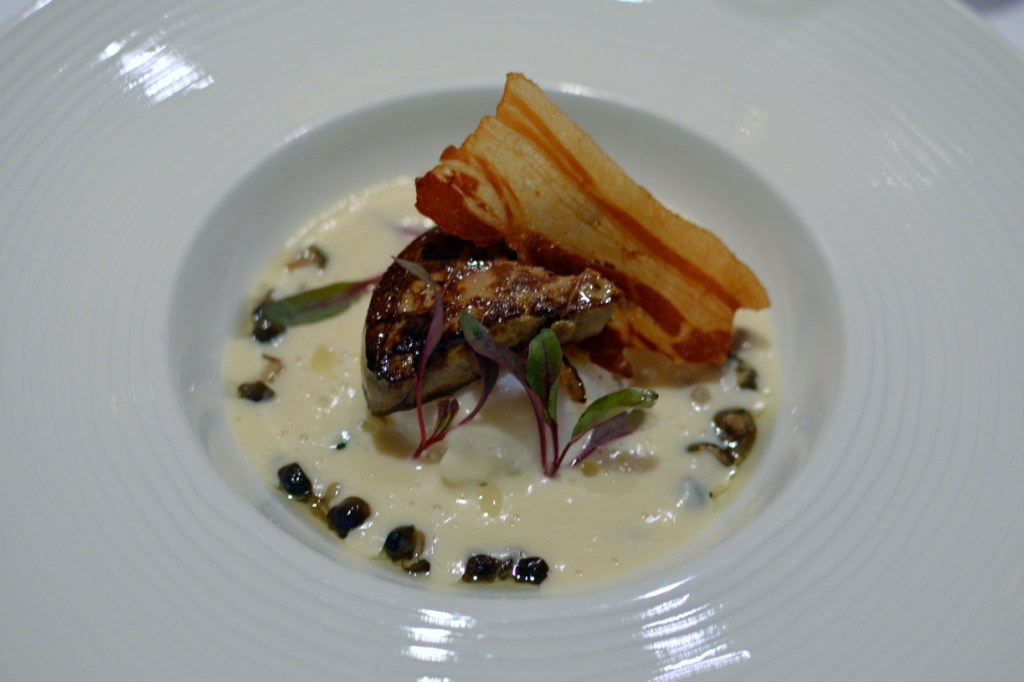
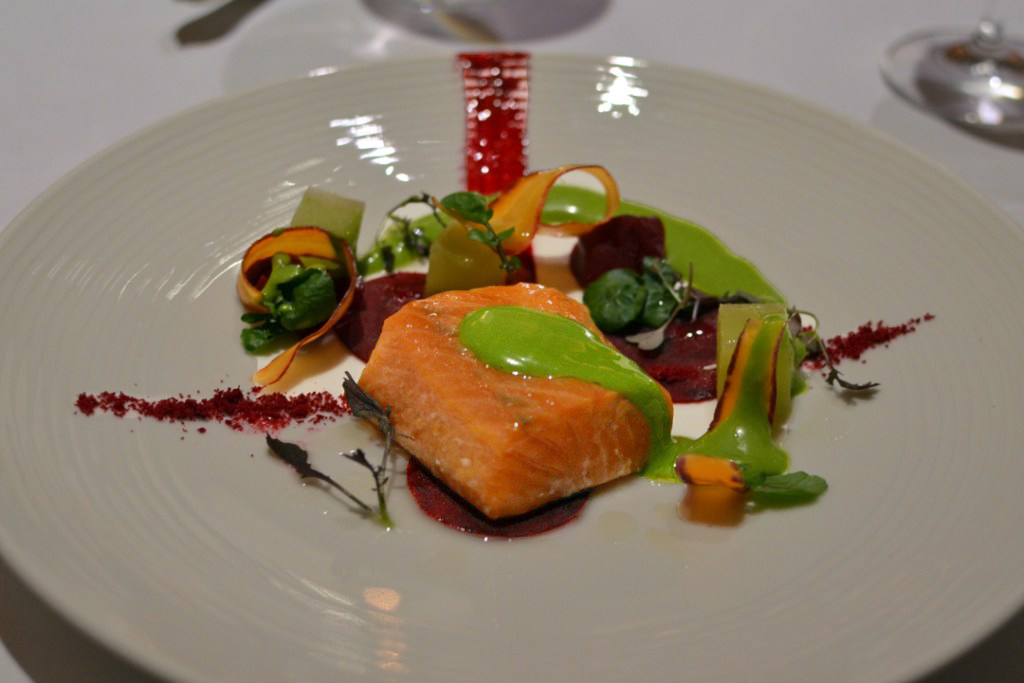

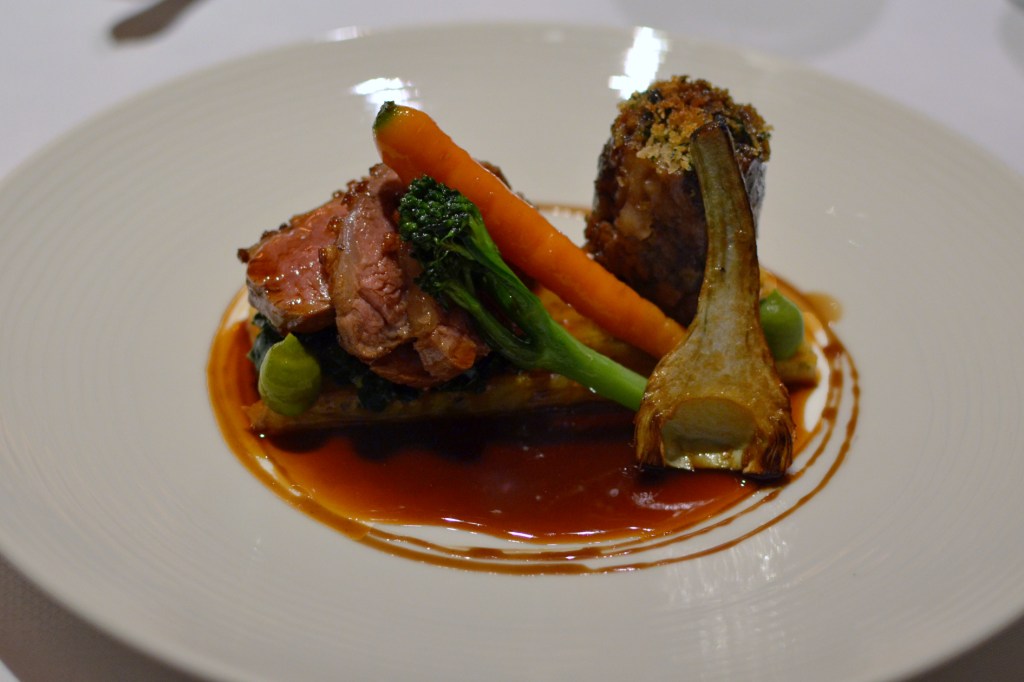
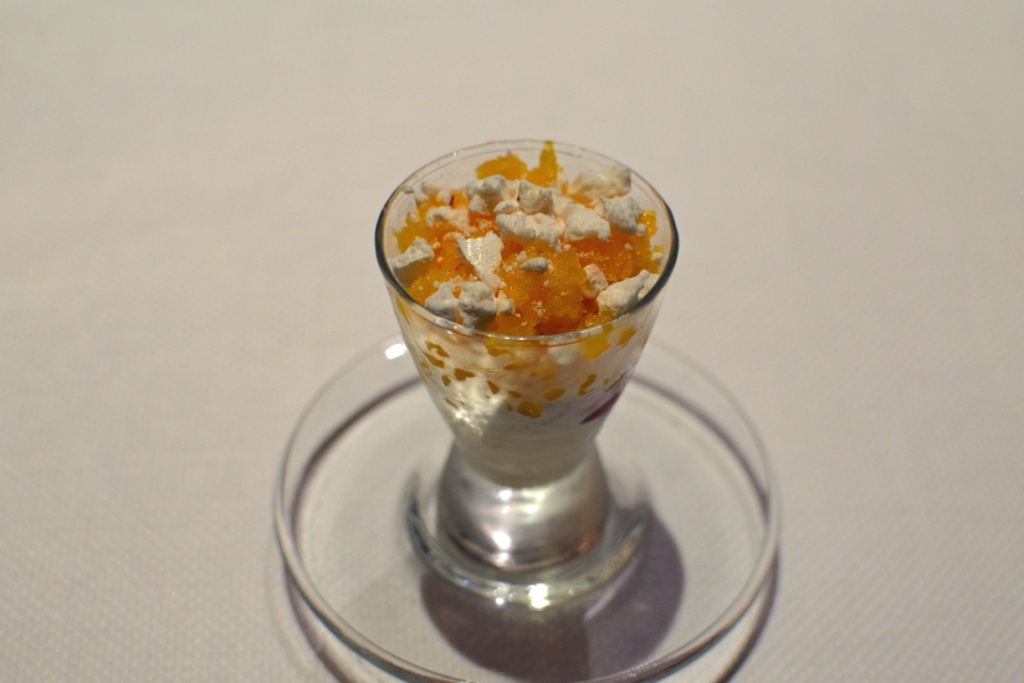

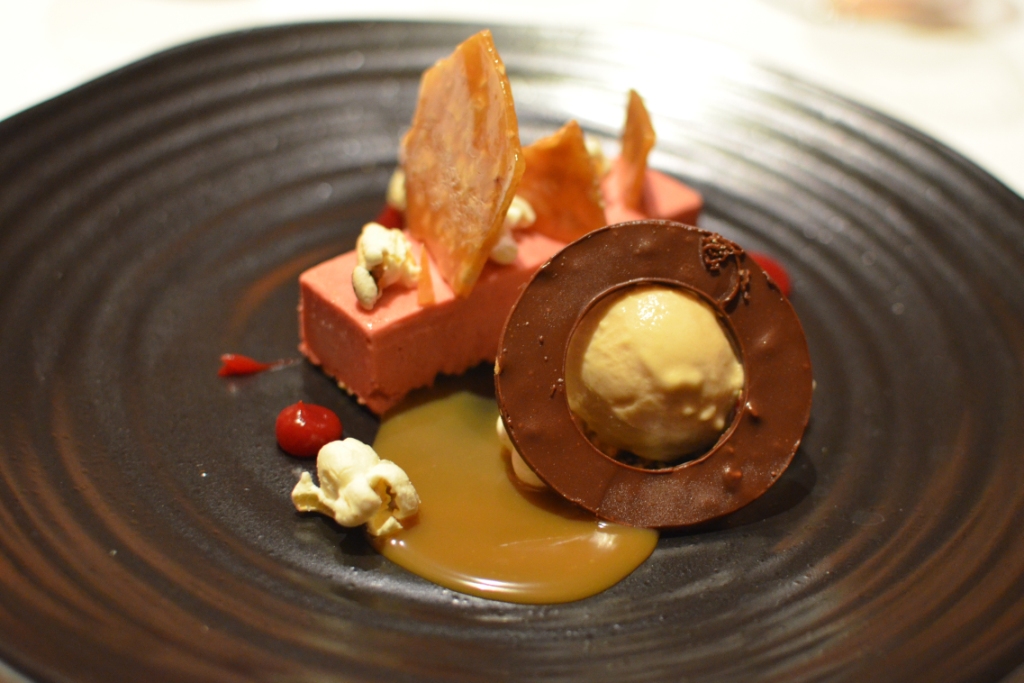


 RSS Feed
RSS Feed